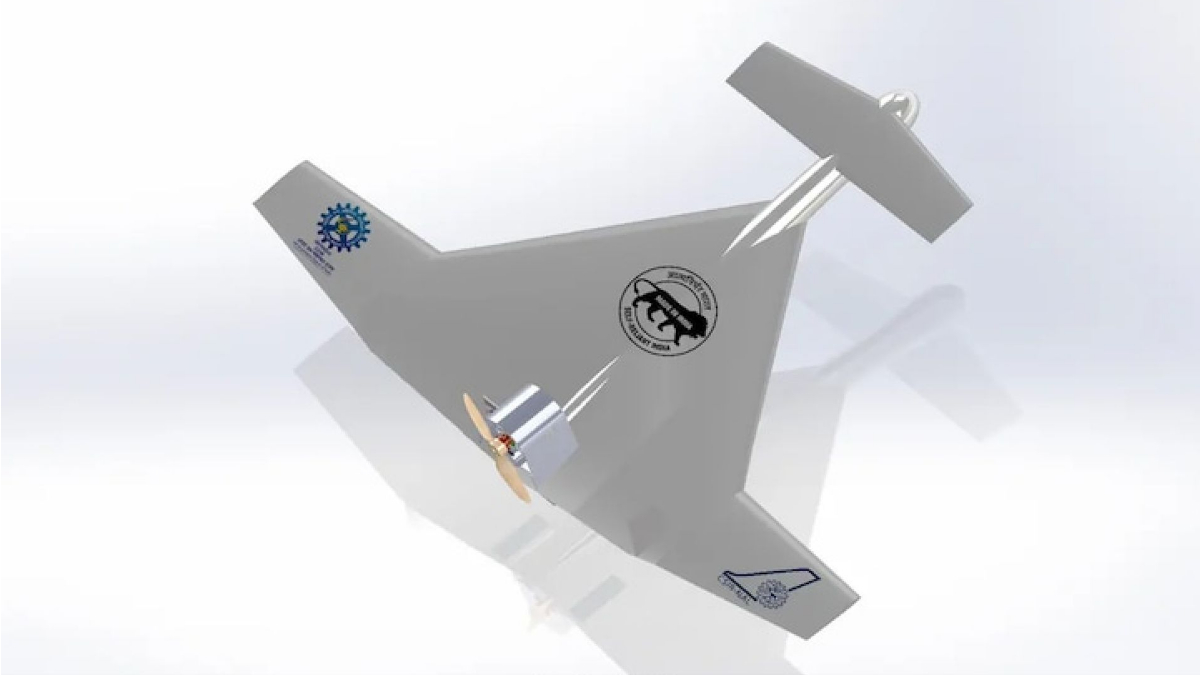The Indian Army has reviewed its deployment in Jammu and Kashmir following Operation Sindoor, a recent counter-infiltration exercise, and is now strengthening its defences along the Line of Control (LoC).
The measures include bolstering the Anti-Infiltration Obstacle System (AIOS) with advanced surveillance technologies, counter-drone systems, and tighter area control in the hinterland.
According to sources, the AIOS, a combination of fencing, sensors, and patrol mechanisms along the LoC, has been reinforced with air defence guns and counter-drone systems capable of detecting and neutralising small hostile drones before they can enter Indian territory.
The upgrades are aimed at curbing infiltration, arms smuggling, and other illegal cross-border activities.
The Army has also integrated new technologies into its border security grid, including the Border Surveillance System (BOSS) with cameras and radars, laser fences that trigger alerts when disturbed, and short-range surveillance equipment.
The push comes after Operation Sindoor revealed large-scale attempts involving surveillance drones, weaponised drones, and quadcopters crossing the LoC and the International Border.
Are Kamikaze drones and surveillance systems part of the army plans?
In response, the Army is acquiring additional surveillance drones for round-the-clock monitoring and “kamikaze drones,” unmanned aerial systems designed to crash into and destroy enemy targets. Officials said these assets will be crucial in detecting and neutralising emerging threats along the borders.
Post-Operation Sindoor, the Army has increased “area domination” patrols in the interiors of J&K. Troops are setting up Temporary Operating Bases (ToBs) where they stay for 48–72 hours, particularly when specific intelligence inputs are available. These ToBs operate in coordination with nearby units to saturate vulnerable areas and keep terrorist groups on the move.
The Army has also initiated tactical redeployment of troops along the LoC and in the hinterland, with discussions underway to hand over some interior zones to the CRPF. This would allow the Army and its specialised counter-insurgency force, the Rashtriya Rifles, to focus on tougher sectors near the LoC. One option being considered is extending the tenure of deployed units to increase troop density and ensure continuity on the ground.
Why has the Indian Army launched a search operation along the LoC?
Meanwhile, officials reported fresh drone activity from Pakistan along the LoC in Poonch district on August 24 night. Around half a dozen drones were spotted hovering over Balakote, Langote, and Gursai nallah in the Mendhar sector at 9:15 p.m. The drones, believed to be conducting surveillance, returned to the Pakistani side within five minutes.
Security forces cordoned off the area and launched a search operation at first light to rule out the possibility of arms or narcotics drops.
Pakistan-based operatives have increasingly relied on drones for smuggling weapons and drugs into J&K, prompting security agencies to announce rewards, including a INR 3 lakh bounty last year, for actionable intelligence leading to the recovery of drone-dropped consignments.
With infiltration tactics evolving, the Army’s upgraded defences and counter-drone measures signal a determined push to secure the LoC and J&K’s vulnerable interiors.
